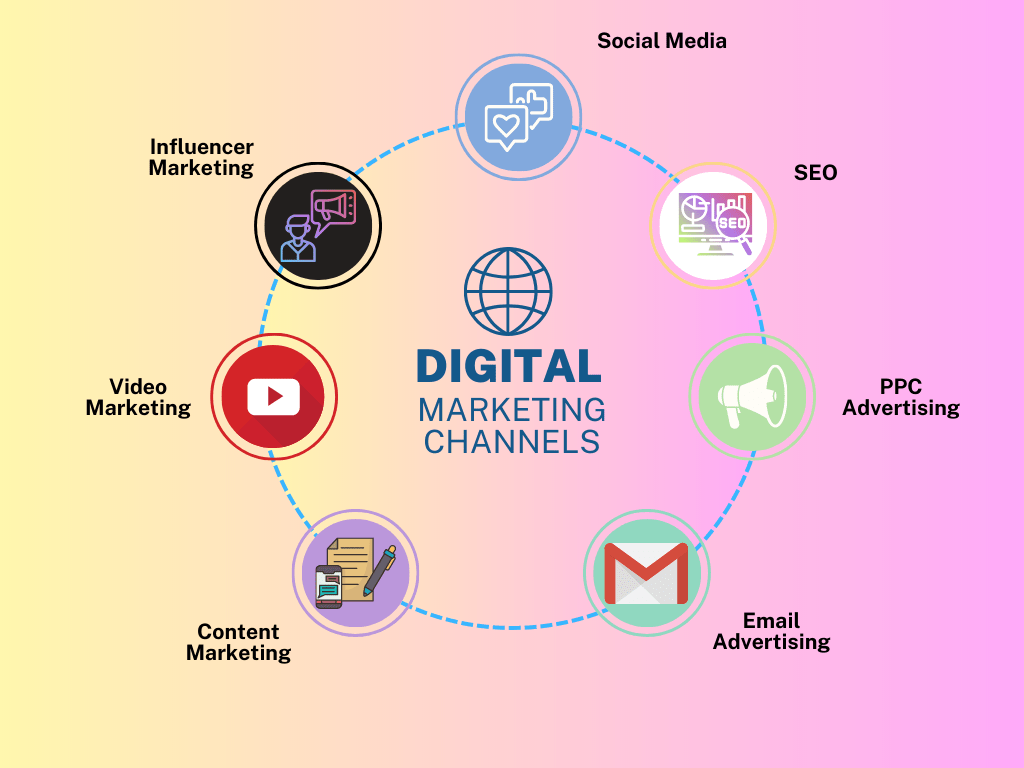Boost Your Brand Name with The Ad Firm Web Design: Where Innovation Meets Performance
Wiki Article
Enhance Customer Experience and Drive Traffic With Responsive Website Design
In today's digital landscape, where customers are accessing web sites from a wide variety of devices, responsive web layout has become a lot more essential than ever before. With its capacity to adapt and seamlessly change to different screen dimensions, responsive layout not only enhances individual experience but additionally drives web traffic to your website.Why Receptive Web Layout Matters
Receptive website design is an essential element of modern web development as a result of its ability to make certain ideal customer experience across different devices and display sizes. With the expansion of smartphones, tablet computers, and various other mobile tools, it has become vital for sites to adjust and offer seamless functionality despite the tool being used.The main reason that responsive internet design issues is that it permits users to have a pleasurable and regular browsing experience, no matter the tool they are using. A responsive web site instantly adjusts its layout, layout, and material elements to fit the screen size and resolution of the tool, guaranteeing that individuals can conveniently browse and interact with the site without any hassle or stress.
Moreover, receptive internet design also plays a considerable function in search engine optimization (SEO) Internet search engine, such as Google, prioritize sites that are responsive and mobile-friendly in their search results. By integrating responsive design principles, web sites can boost their presence and position, bring about raised natural web traffic and prospective clients.

Boosting User Involvement With Responsive Layout
Optimizing individual involvement is a key objective of receptive design, as it makes sure that individuals can conveniently access and interact with site content on any type of tool. With the increasing usage of tablet computers and smartphones, it is important for web sites to adjust to different screen sizes and resolutions. Responsive style makes it possible for websites to automatically adjust their design and web content to give a smooth customer experience throughout devices.One of the main ways responsive design increases individual interaction is by reducing tons times. With a receptive web site, individuals do not have to wait on different mobile variations to tons, leading to quicker access to material. This enhanced speed leads to higher user satisfaction and encourages them to invest even more time on the site.
Furthermore, receptive style enhances user involvement by boosting navigating and interface (digital marketing Carlsbad). When an internet site is created responsively, switches and food selections are enhanced for touch interactions, making it easier for customers to interact and browse with the website on their mobile tools. This instinctive and easy to use experience maintains users engaged and encourages them to explore even more of the site
Furthermore, receptive design permits for better web content exposure and readability. By adjusting the design and font dimensions to different gadgets, responsive websites make certain that customers can conveniently check out and recognize the web content. This improves individual engagement by lowering the need for scrolling or zooming to check out the message.
Raising Website Website Traffic With Responsive Web Layout
With the growing appeal of mobile phones, having a site that is responsive to various display sizes and resolutions is vital for driving boosted website traffic. In today's digital landscape, users are accessing sites from a range of tools such as smart devices, tablet computers, and desktop. Each of these devices has different screen dimensions and resolutions, and if your website is not designed to adapt to these variations, it can lead to a poor user experience and a loss of potential web traffic.
Receptive internet layout makes certain that your website looks and functions ideally throughout all tools. By making use of versatile grids, liquid pictures, and media inquiries, responsive design enables your website to automatically readjust its navigation, format, and web content to fit any kind of display size. This means that users will certainly have a smooth browsing experience no matter whether they are making use of a large desktop or a tiny smartphone computer.
Key Aspects of Effective Receptive Design
Efficient receptive design integrates numerous essential components that guarantee a smooth customer experience across different tools. This allows material to be presented in a aesthetically enticing and readable way on any type of tool.Another essential element is media queries. These allow designers to use various designs and layouts based on the attributes of the user's device, such as screen dimension and alignment. By making use of media queries, designers can optimize the presentation of material for each and every tool, ensuring that it is readable and conveniently obtainable.
Responsive pictures are likewise vital in reliable receptive layout. Photos that are too large can slow down page load times on mobile devices, while images that are too small may appear pixelated on larger screens. By utilizing techniques such as responsive image resizing and lazy loading, developers website design packages can ensure that photos are suitably sized and optimized for every gadget.
Lastly, effective responsive layout entails a mobile-first technique. This suggests developing and prioritizing content for how to find a website designer mobile devices initially, and afterwards broadening and improving the design for bigger screens. This method ensures that one of the most vital content is quickly available on smaller displays, while still offering a rich experience on bigger devices.
Ideal Practices for Applying Receptive Website Design
Carrying out responsive internet style needs cautious factor to consider of various best techniques to guarantee an optimal individual experience throughout various devices. When applying responsive internet design., right here are some key best techniques to follow.To start with, it is important to focus on mobile users. With the raising dominance of mobile gadgets, making for mobile-first has come to be important. Beginning deliberately for smaller displays and after that progressively improve the format for larger screens.

One more essential best method is to maximize pictures for different display resolutions. Big pictures can slow down the filling time of your web site, especially on smart phones with slower connections. Usage responsive photos that can be resized based upon the device's screen resolution to boost performance.
In addition, test your internet site on different gadgets and screen dimensions to ensure a constant and seamless experience. There are various screening tools offered that can aid you identify any kind of issues and make needed adjustments.
Finally, prioritize use and ease of access. Make certain that your site is very easy to browse, with succinct and clear content. Make certain that your internet site is available to individuals with handicaps and follows availability standards.
Final Thought
In verdict, responsive web layout plays a vital role in enhancing customer experience and driving web traffic to websites. By taking on responsive layout principles, internet sites can guarantee optimum checking out experiences across various devices, leading to boosted user involvement.Optimizing user involvement is a crucial objective of responsive layout, as it guarantees that customers can you can check here easily gain access to and engage with site web content on any tool. Responsive style makes it possible for sites to instantly readjust their design and web content to provide a seamless customer experience across devices.
Furthermore, receptive layout enhances individual involvement by improving navigation and customer interface.Receptive images are likewise crucial in efficient receptive layout. By taking on responsive design principles, web sites can make certain optimal seeing experiences throughout various tools, leading to increased user interaction.
Report this wiki page